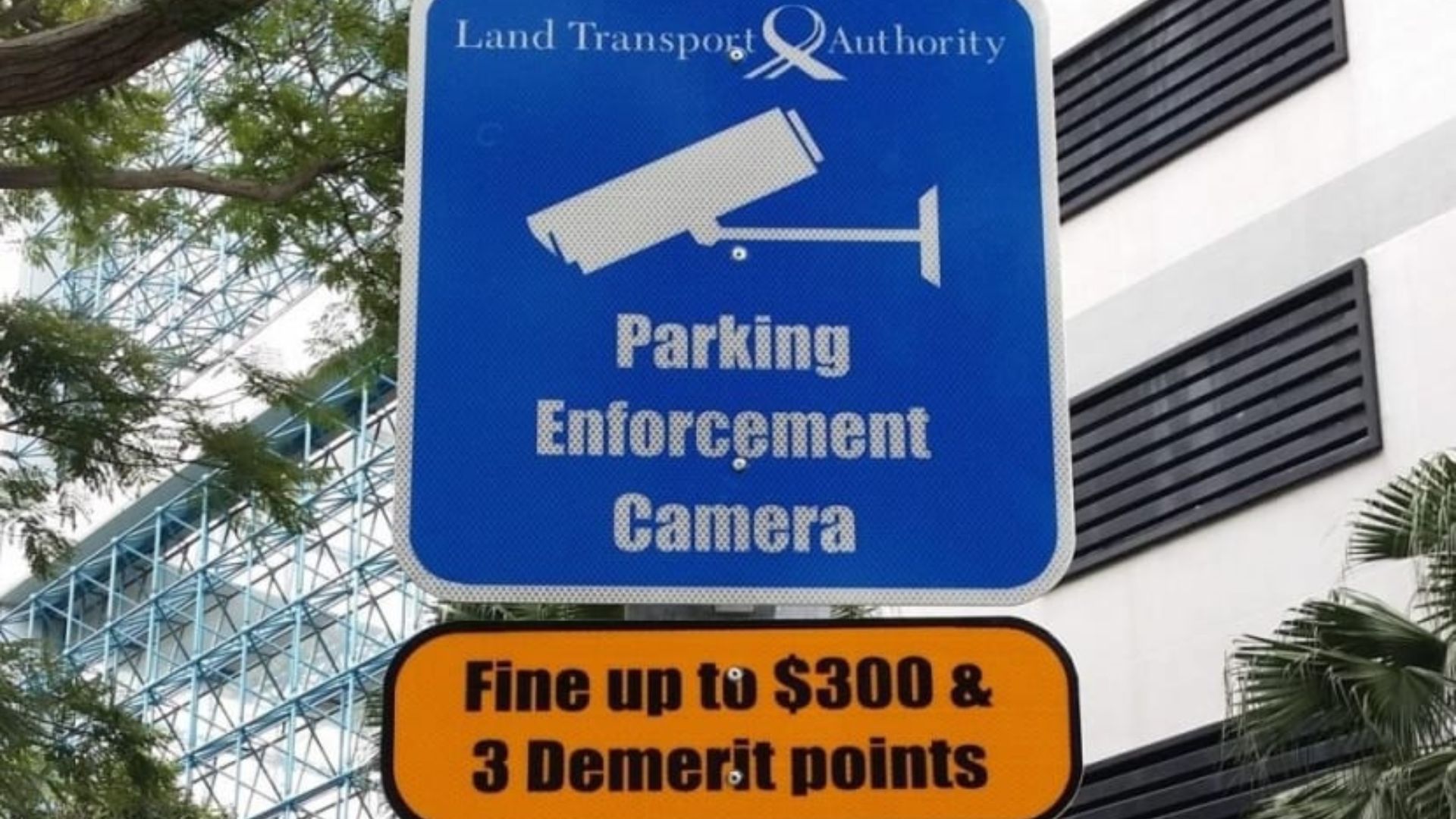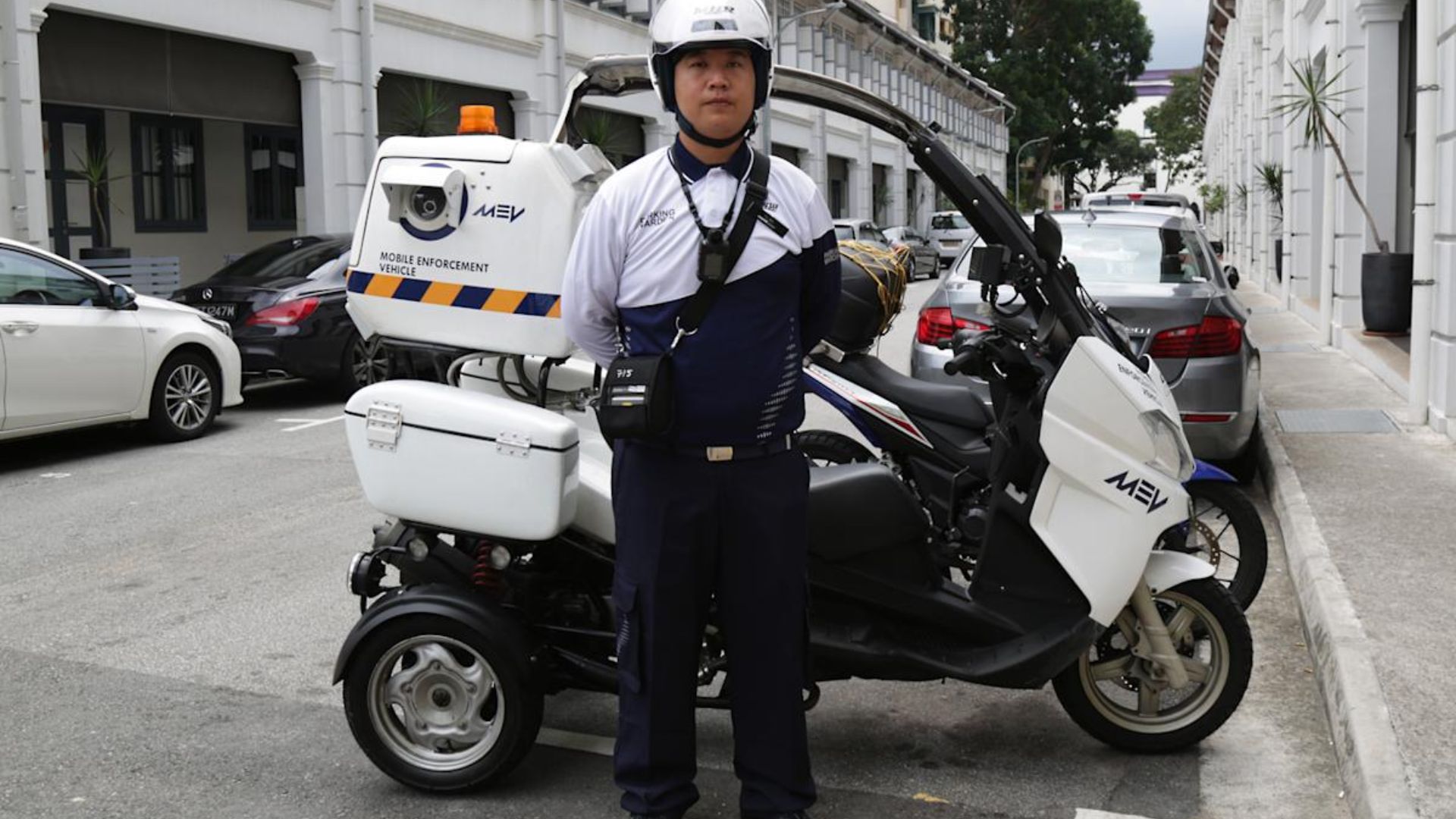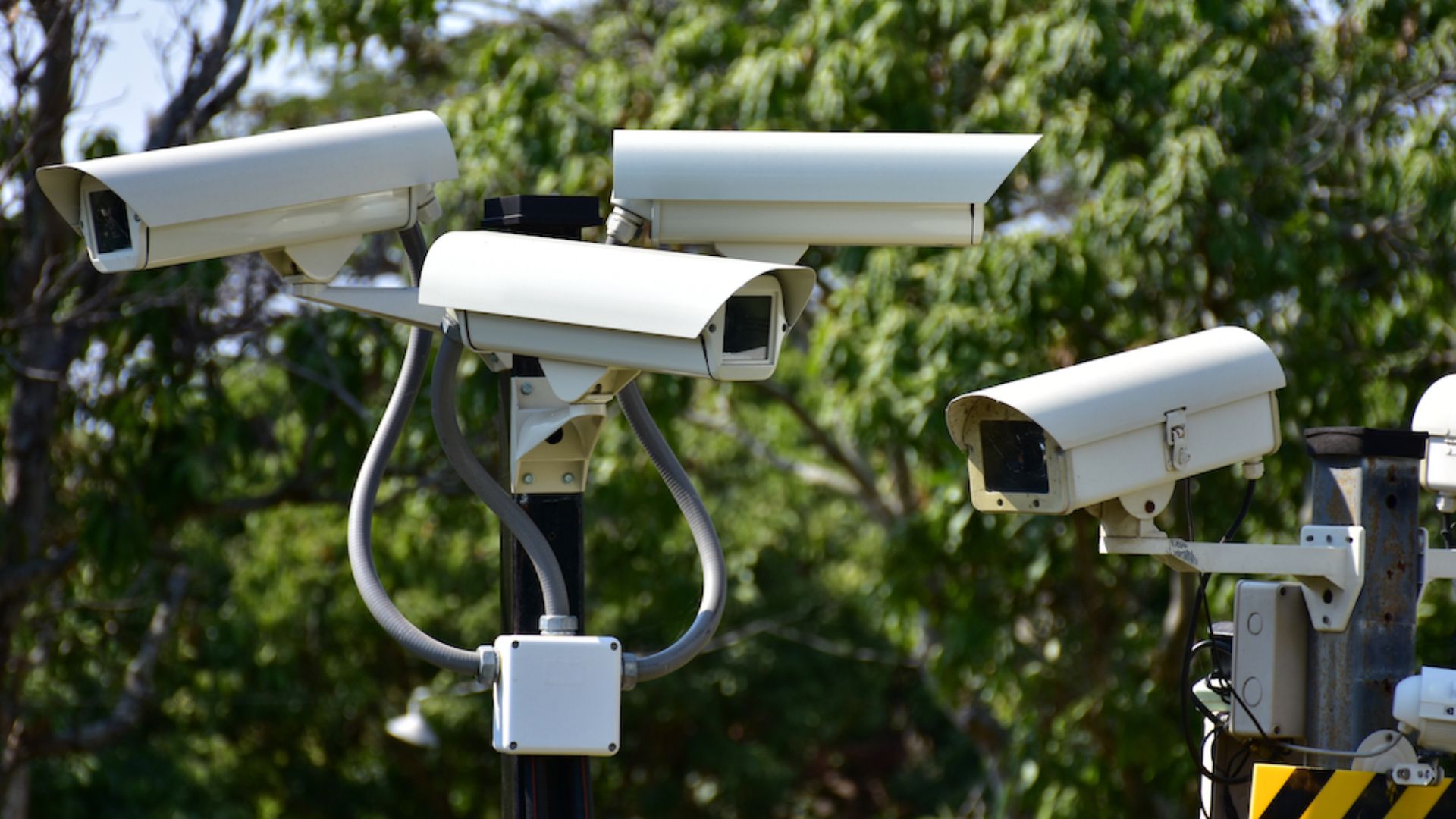With parking enforcement cameras installed practically everywhere in Singapore, ride-hailing drivers are finding it hard to park and wait to pick up commuters.
In fact, a five minute wait for a customer, who is late, can cost these drivers a fine of up to $300 and three to four demerit points.
Just when drivers think traffic police and parking wardens were their worst enemies, they now have a new adversary – technology.
There are now parking enforcement cameras set up at many hotspots for illegal parking. These areas are being watched around the clock without the need for physical officers on the ground.
These cameras are usually set up by the Land Transport Authority (LTA), Urban Redevelopment Authority (URA) and the Housing and Development Board (HDB) and are capable of detecting and differentiating between parking and dropping off.
The scheme, which started in April 2014, was so successful that more than 300 of such cameras were deployed in 149 locations from December 2018.
Parking vs waiting
Under the Road Traffic Act, to “park” means to bring a vehicle “to a stationary position and cause it to wait for any purpose other than that of immediately taking up or setting down persons, goods or luggage”. This clearly rules out “waiting”, even if it is for a short while.
Many ride-hailing drivers beg to differ. They say the cameras cannot tell the difference.

These drivers feel that it is not fair to be penalised by the surveillance cameras as they need to wait for customers who take “a bit longer” to get to the pick-up point and have taken to discussing the issue in online forums on Telegram, Signal, mycarforum and even Hardware Zone.
Mr Aaron Toh, who drives for Gojek after he was retrenched from his F&B job, says sometimes he would wait, “especially when the customer is accompanying an elderly person who has knee or hip problems”. “As a service provider, we cannot pick and choose who we want to pick up and knowing that the customer is going to the hospital with a senior citizen, how can we not wait?” he asks.
Mr R Raju, another ride-hailing driver from the same company, says sometimes customers call on behalf of elderly parents who need time to get to the location, and waiting “out of the goodness of our hearts” can cost drivers like him to “fork out fines that are more than our daily earnings”.
“What is perhaps worse is when we have our vocational licence taken away if our demerit points rise to more than 20,” adds Mr Ahmad Ali, who drives under Grab.
All three say they had been previously fined while waiting for customers and the penalty of flouting regulations and getting caught on camera falls squarely on the driver.
Motorists who commit traffic offences accumulate demerit points under the Driver Improvement Points System (DIPS). A motorist who has 24 or more demerit points within 24 months will be suspended for a period of 12 weeks.
If a motorist has been previously suspended, their licence will be liable for subsequent suspension if they accumulate 12 or more demerit points within 12 consecutive months.
But this is different for drivers with vocational licences.
According to the Road Traffic Act under the chauffeur private hire car and taxi vocational licence demerit points system, a vocational licence may be revoked if the total number of demerit points awarded within a relevant period against the holder of the vocational licence exceeds 20.
“Summon Aunty” vs the “eye in the sky”
LTA defines “parking” as anything other than stopping briefly to pick up or drop off passengers, goods, or luggage and if the driver has a legitimate reason for flouting the rules, he can appeal to LTA to waive the fine and reinstate the points.
In the 1990s and early 2000 at the neighbourhood kopitiam, a common refrain was “Summon aunty lai liao!” (Singlish for the parking warden is here). It is where Singaporeans would park their cars along the street for a quick bite or to pack food for takeaway.
Then it became a cat-and-mouse game between drivers and parking wardens.

“With the parking aunty or uncle, you can try to cham siong (haggle in Hokkien). Sometimes if they feel kind enough, they will give you a chance. But with the camera, how do you cham siong,” says Grab driver HK Chan, who used to drive a taxi.
Mr Chan recalls once when he had to wait for a regular customer, an elderly man who walks with a limp, when he encountered an LTA enforcement officer. “I told him about the old man and the officer said he will go make his rounds. When he comes back and still sees me here, he will issue a fine then. Now how do you ask for that chance with a camera?” he asks.
Another Grab driver MS Haridas says cham siong takes longer with the surveillance camera as “you will have to go down to the LTA office to plead your case”. “It also depends on the officer behind the desk. If it is someone who is by the book, then no chance. But if it is someone who listens, then you might get away with a warning,” he adds.
A spokesman for LTA, in an email reply to TheHomeGround Asia, says it is not able to “slice and dice the offence information as private hire cars could be registered as private vehicles”, but he says there is an avenue to appeal and the fine need not be paid until the outcome of the appeal is decided.
“Most parking offences, with the exception being a few egregious ones such as stopping on expressways, don’t carry point deductions,” he adds.
Drivers cheer Grab’s cut of grace waiting time for ride-hailing bookings
On 11 July, Grab Singapore announced it will be cutting its grace waiting period for ride-hailing services from five to three minutes starting on 18 July. This means users of its ride-hailing service will automatically have to pay a S$3 penalty if they keep their assigned driver waiting for more than three minutes. Grab sent a notification to its customers and drivers.
Grab told TODAY that “it is timely” to make the change because it wants to help its drivers capture “new demand trends by spending their time on the roads more productively” and save on fuel costs from not having their engines idling while waiting.
While this has triggered an outcry among commuters, its own private-hire drivers lauded the move. A few said this will not only deter irresponsible passengers from wasting the drivers’ time, it will also prevent them from getting caught on the surveillance camera and fined.
The grace period for parking or waiting at car parks managed by HDB and URA were extended from 10 minutes to 20 minutes from 23 May 2021 and drivers believe that the grace period for waiting at areas where there are surveillance cameras is 3 minutes but there is not literature on this.
TheHomeGround Asia contacted Grab to see if the move has anything to do with helping its drivers out against being fined by authorities like the LTA, URA or HDB for waiting at the no parking zones. Grab has not replied by publication time.
RELATED: Better, safer conditions for Singapore’s essential delivery riders, that is all
Join the conversations on TheHomeGround Asia’s Facebook and Instagram, and get the latest updates via Telegram





























